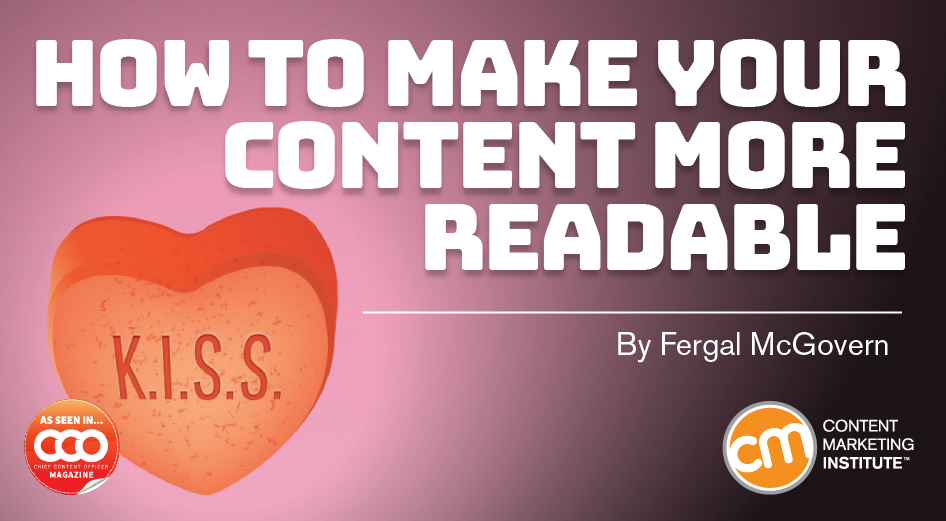Author: Fergal McGovern / Source: Content Marketing Institute

Your team has created, socialized, and measured content in just about every possible way … except for one of the most important metrics: how your audience is engaging with the words.
You want visitors to find information, stay engaged, or complete a task. But once readers’ eyes hit the words on the page, if it takes too much effort, their interaction falls off and you have churn. You know this anecdotally. Yet most don’t measure it scientifically.
Which of the thousands if not millions of words on a website are helping or hurting? What content is too dense or confusing?
Content teams work hard to create compelling content, but they have a natural blind spot. They’re too close to their creations – the blogs, thought leadership, and marketing pieces – to see them through the audience’s eyes.
AI tools can benchmark content understanding
Now, with advances in natural language processing and artificial intelligence, a new breed of technology can test content for readability and clarity, which go to the heart of user experience and engagement. It can move organizations from a subjective approach, often fraught with editorial friction, to an objective, metric-based approach.
In this article I look at how to test for readability across your organization. For CMOs and chief content officers who want more engaging content, you now have ways to measure and benchmark clarity across the organization. And these tools can also help individual writers and creators produce better quality content.
Let’s define readability and clarity
Content clarity is the user experience of how difficult or easy it is to read text. Why is that important? We know from neuroscience that processing words places a far greater cognitive load on the brain than images. Plus, attention spans are shorter, meaning visitors have lower tolerance for confusion.
Fortunately, there are several widely used measures. The Flesch Reading…
Audience Team
The digital audience insights you need to build, manage and market to your digital audiences.

